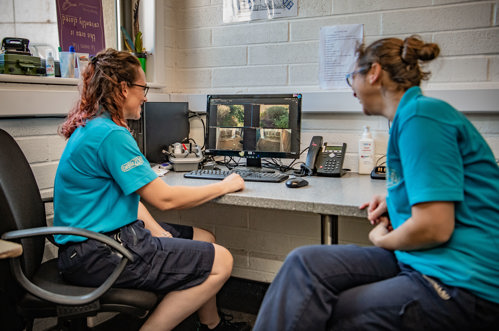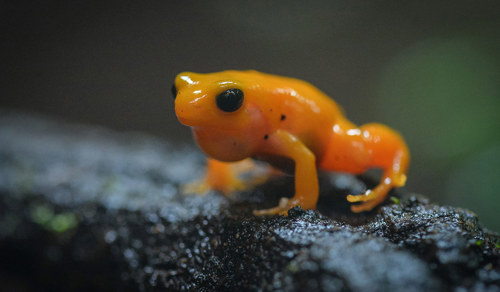
Zoos and bioacoustics: pioneering new frontiers in conservation
Increased collaboration between zoos and sound researchers could open up exciting new possibilities in bioacoustics, according to a new paper published this month.
“Hullabaloo at the Zoo: Aligning Acoustic Research with the Goals of the Conservation Zoo” was featured in Bioacoustics: The International Journal of Animal Sound and its Recording. The article, written by Rebecca Lewis, Conservation Scientist: Population Biology, and Leah Williams, Lead Conservation Scientist: Population Biology at Chester Zoo, offers insights into bioacoustics research carried out within zoos.
The study draws on over 30 years of bioacoustic research and explores the impact of zoo soundscapes, covering aspects such as biophony, geophony, and anthrophony. It also evaluates multiple methodologies to explore how sound affects zoo environments.

When researching zoo environments, most studies focus on the physical aspects, both for animals and visitors. But sound is an often overlooked dimension of the environment, despite its significant impact on animal and visitor welfare.
Leah Williams, Lead Conservation Scientist: Population Biology at Chester Zoo
She continued: "We’re calling for greater collaboration between zoos and bioacoustic researchers to uncover the role that sound plays in both animal behaviour and conservation.”
Key Findings:
· Visitor noise is the most widely studied aspect of zoo sounds.
· Bioacoustic studies often focus on non-human primates, with fewer studies on birds, reptiles, amphibians, and fish.
· Environmental noise, such as HVAC systems and filtration systems, is under-researched compared to acute noises like construction or events.
· Further research is needed to understand how environmental noise influences animal communication and behaviour.
Our goal is to promote collaboration between bioacoustics experts and the zoo community. Zoos provide a unique environment for bioacoustic research, offering opportunities for scientific discovery that can directly impact conservation practices.
Rebecca Lewis, Conservation Scientist: Population Biology
Chester Zoo has hosted studies focused on a variety of species, from birds to giraffes, and continues to be a key player in advancing zoo bioacoustics. With ongoing projects like Evaluating the Influencers of Acoustic Indices in a Zoo Soundscape (published in Bioacoustics in June) and upcoming research on the infrasonic calls of cassowaries, Chester Zoo’s contributions are pushing the boundaries of this fascinating field.
Leah further explained: “Zoos often lack the resources to carry out in-depth bioacoustic studies. At Chester Zoo, we’re fortunate to have the expertise and equipment needed for this type of research. We hope to inspire more zoos to collaborate with researchers and share the potential for impactful conservation discoveries.”

Chester Zoo’s bioacoustic research is also helping to shape habitat design, enhance conservation practices, and uncover valuable data for zoo environments. Species like the Bali myna, fossa, Java sparrows, and golden mantella frogs have all been subjects of bioacoustic studies at the zoo.
Rebecca concluded: “Zoo bioacoustics is a core research focus at Chester Zoo. We’re proud to be at the forefront of this growing field and to continue contributing to scientific knowledge and conservation efforts.”
